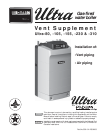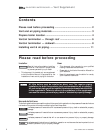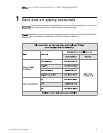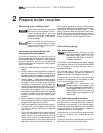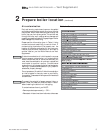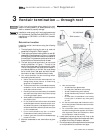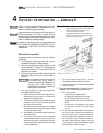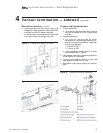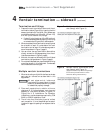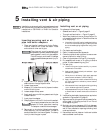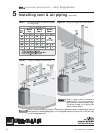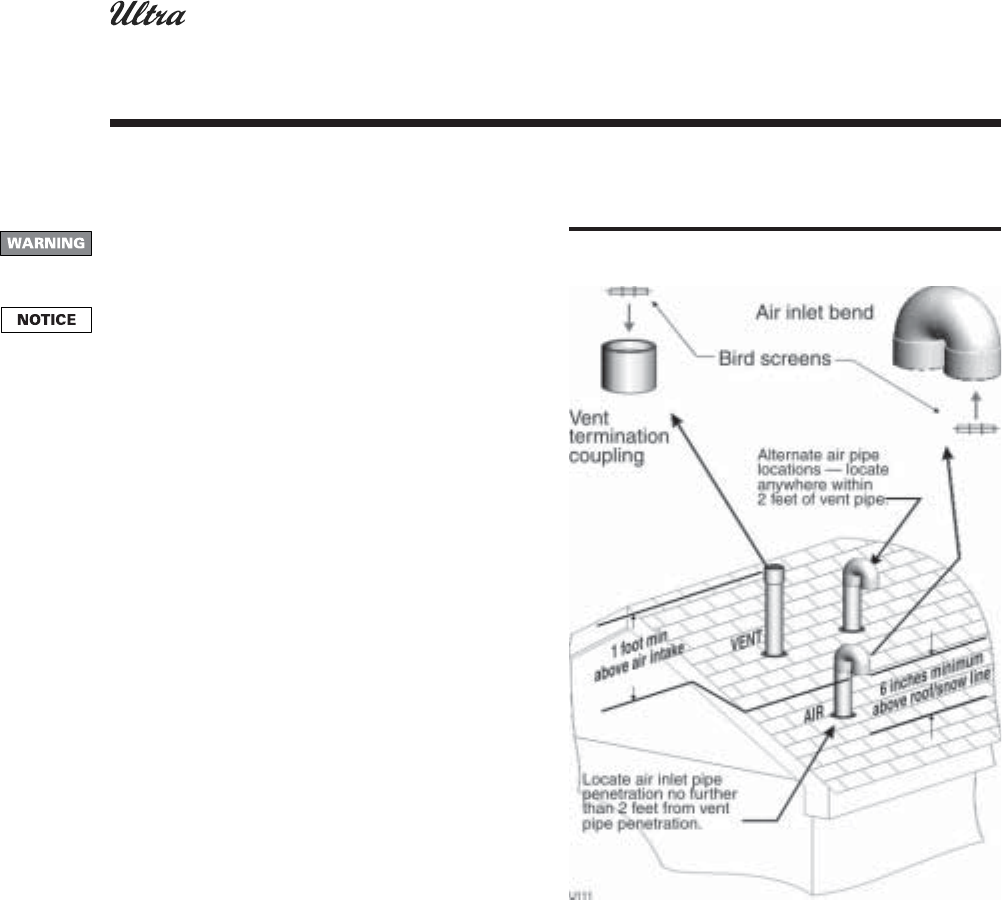
Part number 550-101-235/0903
6
GAS-FIRED WATER BOILER — Vent Supplement
Vent/air termination — through roof3
Figure 1 Vertical termination of air & vent
Determine location
Locate the vent/air terminations using the following
guidelines:
1. The total length of piping for vent or air must not
exceed the limits given in Table 2, page 12.
2. The air piping must terminate in a down-turned 180-
degree return bend as shown in Figure 1. Locate the
air inlet pipe no further than 2 feet from the center of
the vent pipe. This placement avoids recirculation of
flue products into the combustion air stream.
3. The vent piping must terminate in an up-turned
coupling as shown in Figure 1. The top of the
coupling must be at least 1 foot above the air intake.
The air inlet pipe and vent pipe can be located in
any desired position on the roof, but must always
be no further than 2 feet apart and with the vent
termination at least 1 foot above the air intake.
4. You must consider the surroundings when
terminating the vent and air:
a. Position the vent termination where vapors will not
damage nearby shrubs, plants or air conditioning
equipment or be objectionable.
b. The flue products will form a noticeable plume as they
condense in cold air. Avoid areas where the plume
could obstruct window views.
c. Prevailing winds could cause freezing of condensate
and water/ice buildup where flue products impinge
on building surfaces or plants.
d. Avoid possibility of accidental contact of flue products
with people or pets.
e. Do not locate the terminations where wind eddies
could affect performance or cause recirculation, such
as inside building corners, near adjacent buildings or
surfaces, window wells, stairwells, alcoves, courtyards
or other recessed areas.
f. Do not terminate above any door or window.
Condensate can freeze, causing ice formations.
g. Locate or guard vent to prevent condensate damage
to exterior finishes.
5. Maintain clearances to vent termination as given
below:
a. Vent must terminate:
• At least 6 feet from adjacent walls.
• No closer than 5 feet below roof overhang.
• At least 7 feet above any public walkway.
• At least 3 feet above any forced air intake within
10 feet.
• No closer than 12 inches below or horizontally
from any door or window or any other gravity
air inlet.
b. Air inlet must terminate at least 6" above the roof or
snow line and at least 12" below the vent termination
as shown in Figure 1.
c. Do not terminate closer to 4 feet horizontally from
any electric meter, gas meter, regulator, relief valve or
other equipment. Never terminate above or below
any of these within 4 feet horizontally.
6. Locate terminations so they are not likely to be
damaged by foreign objects, such as stones or balls,
or subject to buildup of leaves or sediment.
7. Do not connect any other appliance to the vent pipe
or multiple boilers to a common vent pipe.
Follow instructions below when determining vent
location to avoid possibility of severe personal injury,
death or substantial property damage.
Installation must comply with local requirements and
with the National Fuel Gas Code, ANSI Z223.1 for U.S.
installations or CSA B149.1 or B149.2 for Canadian
installations.



